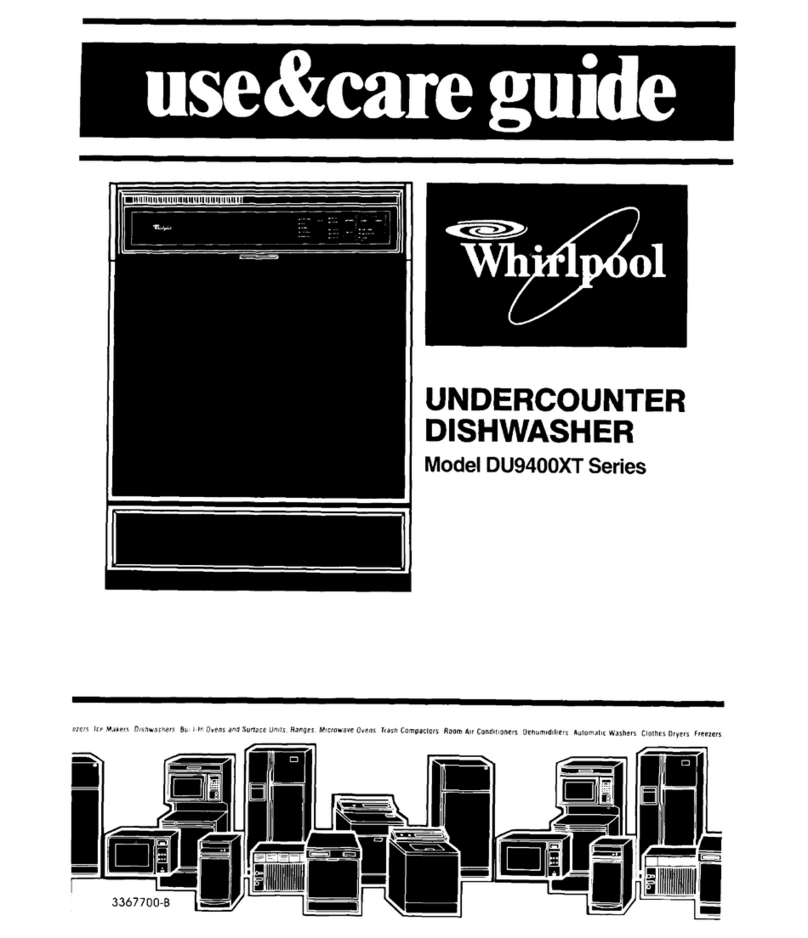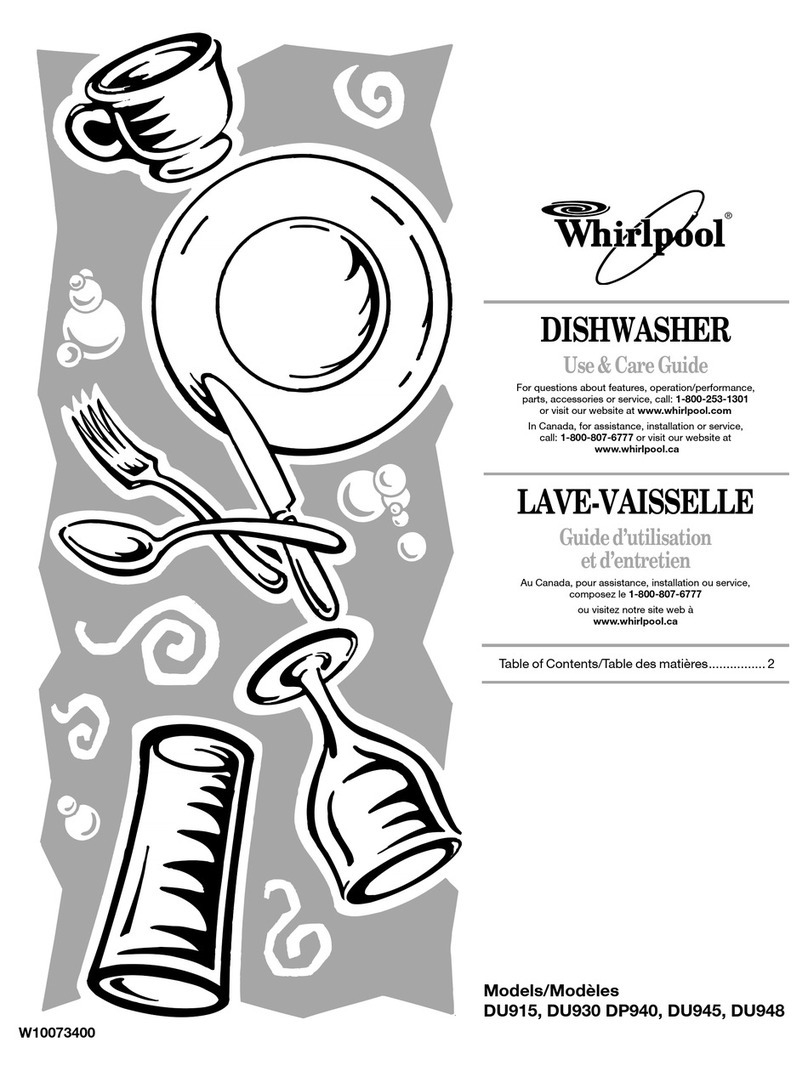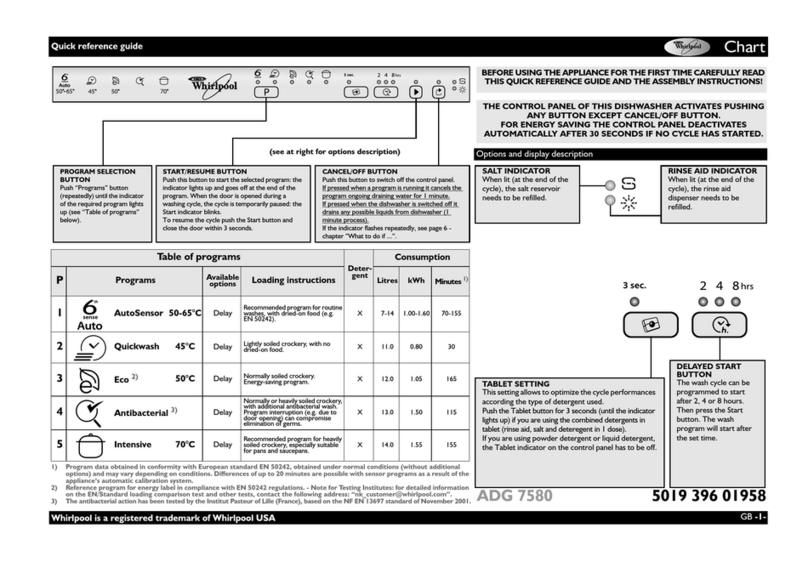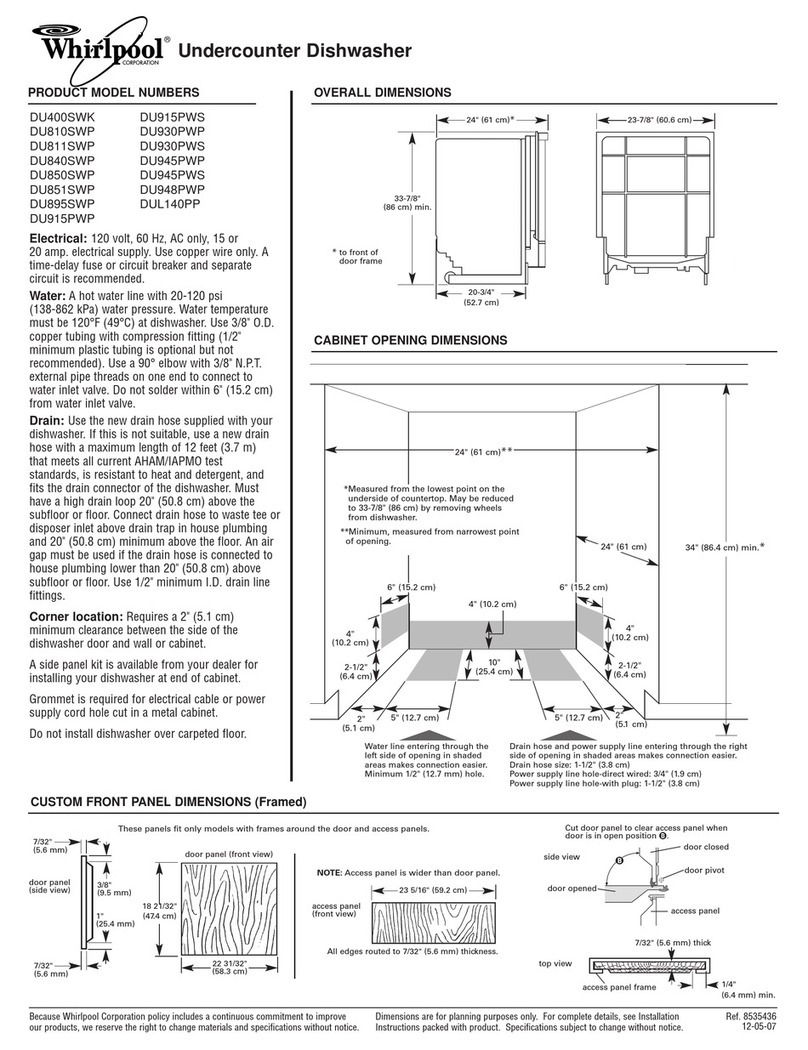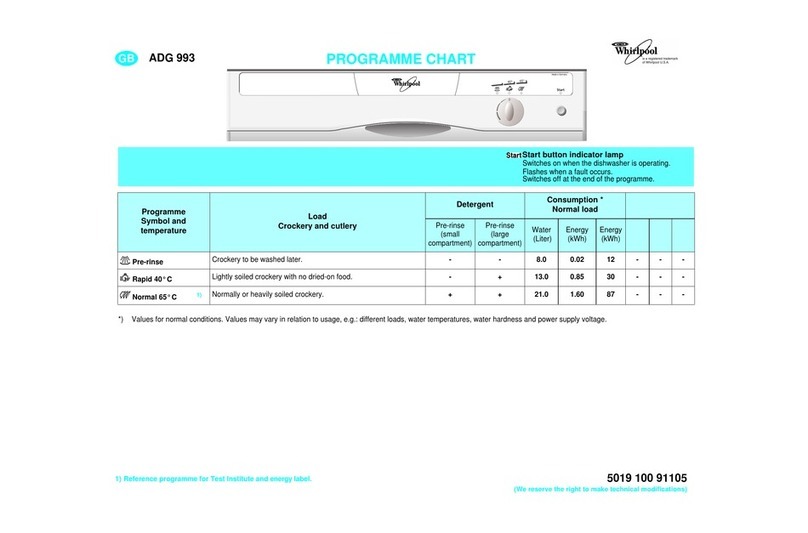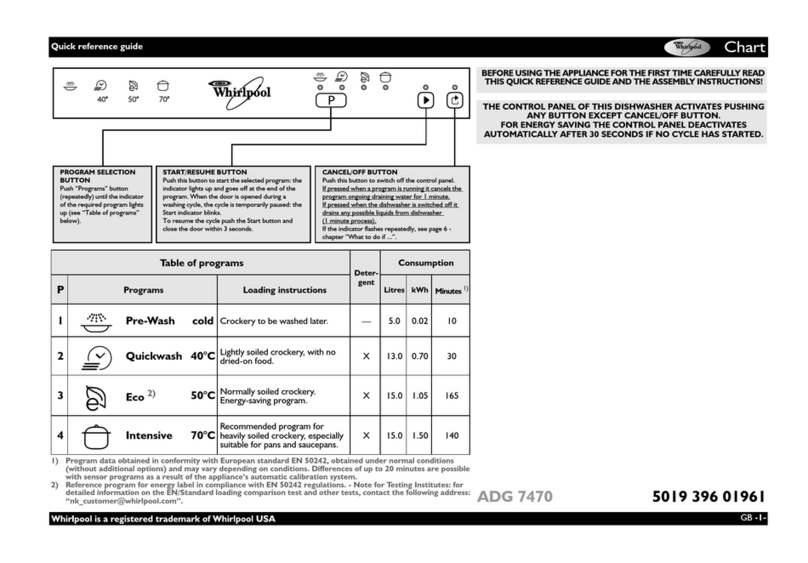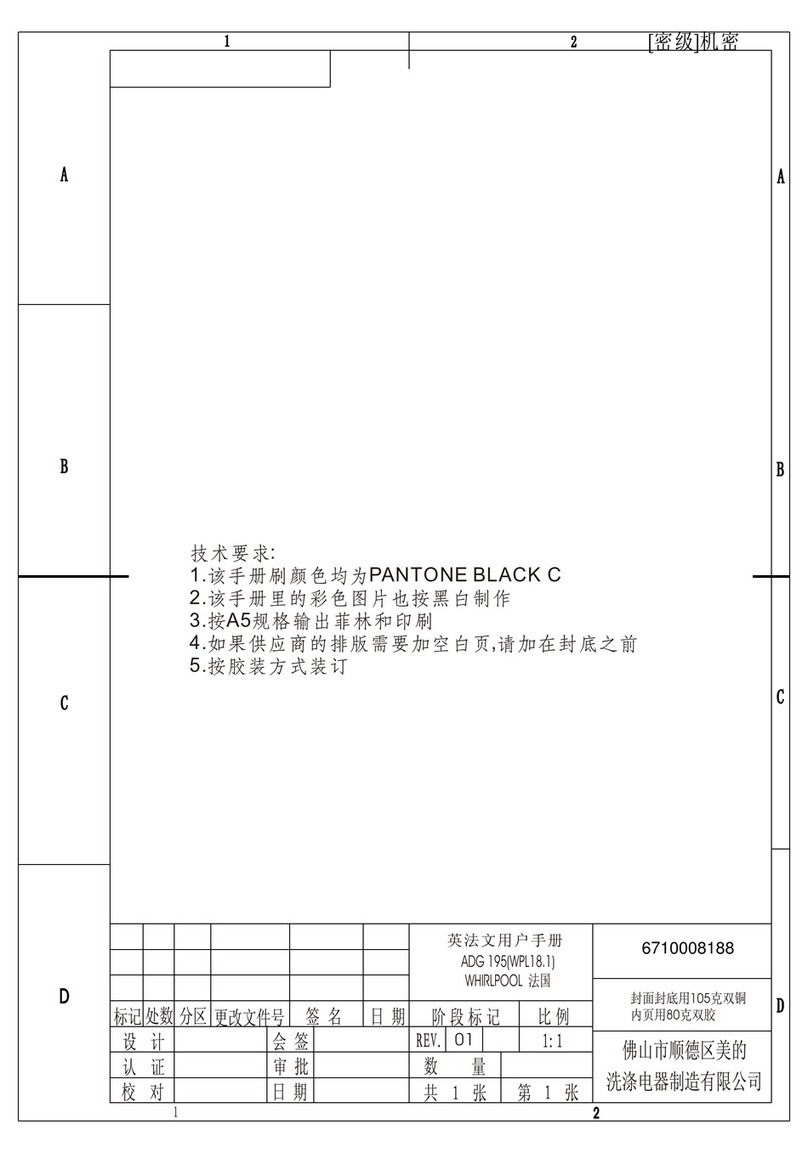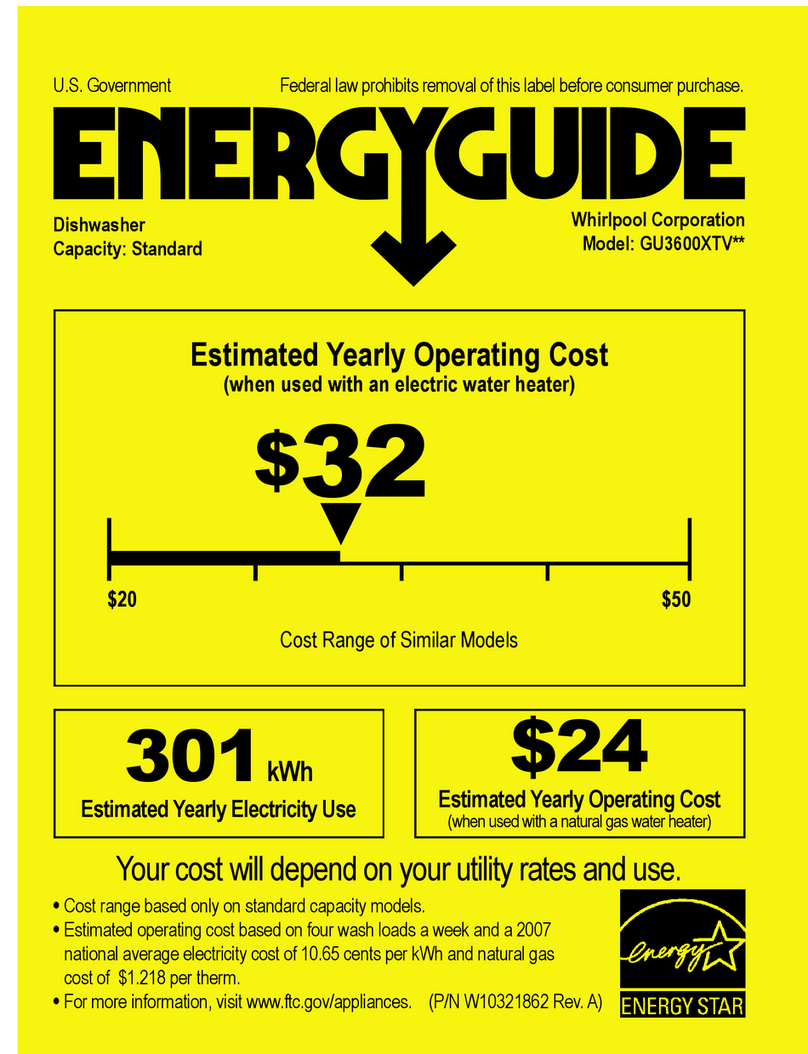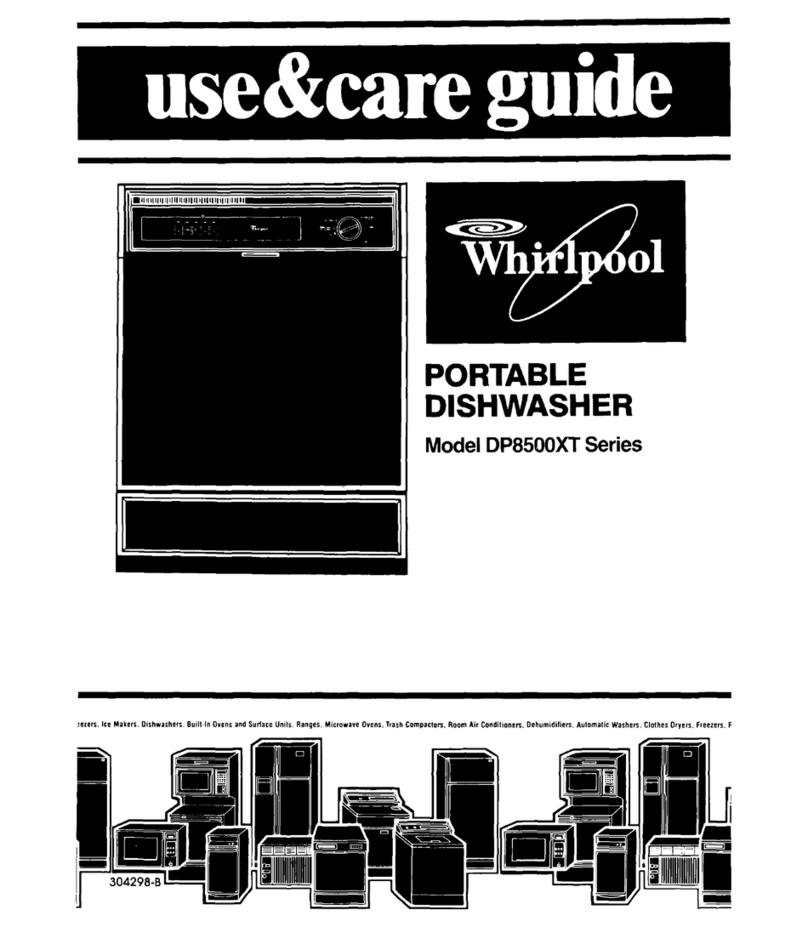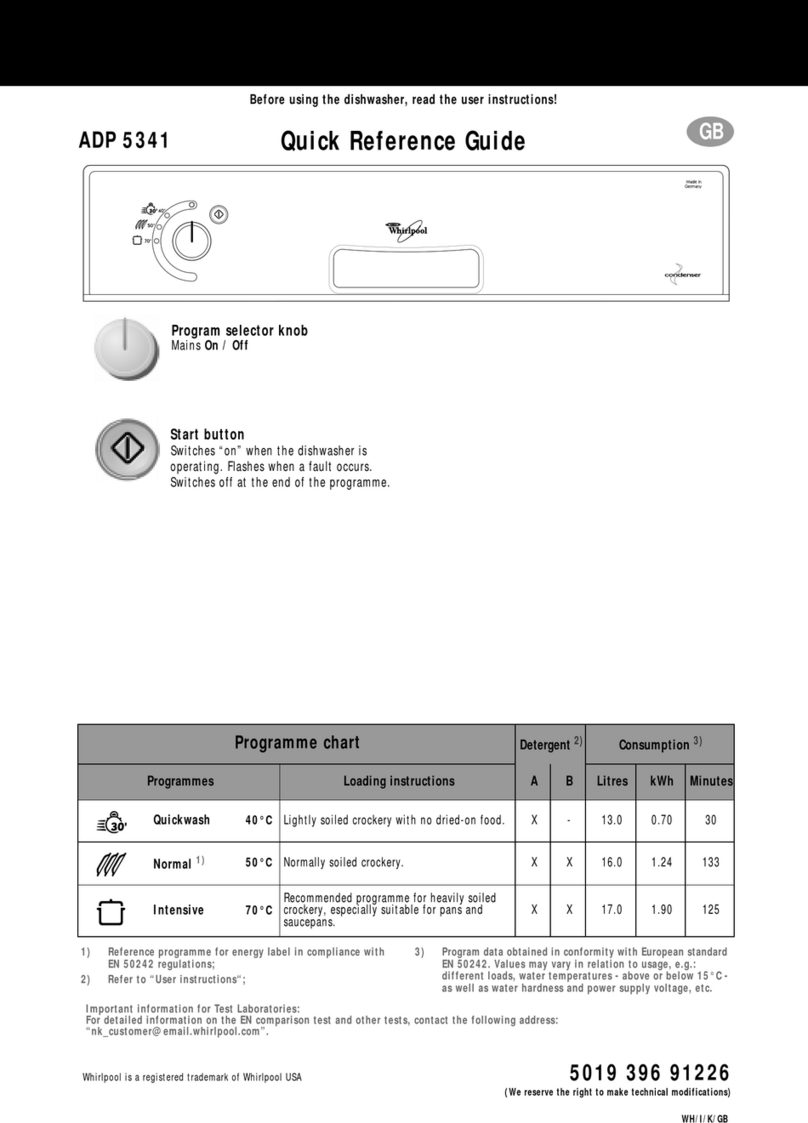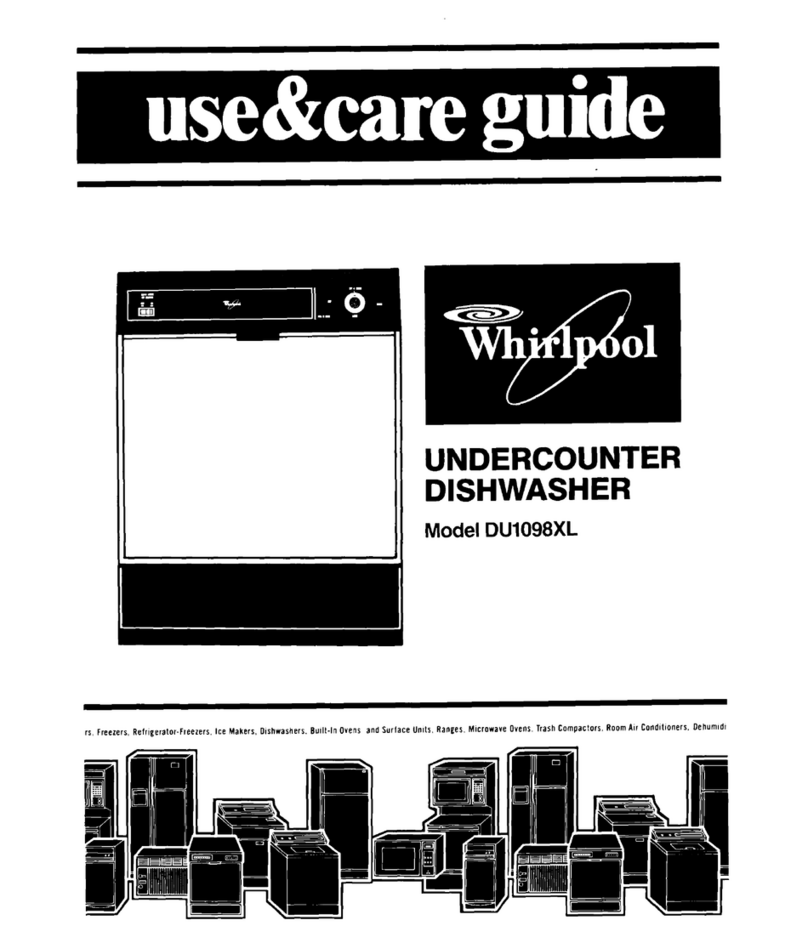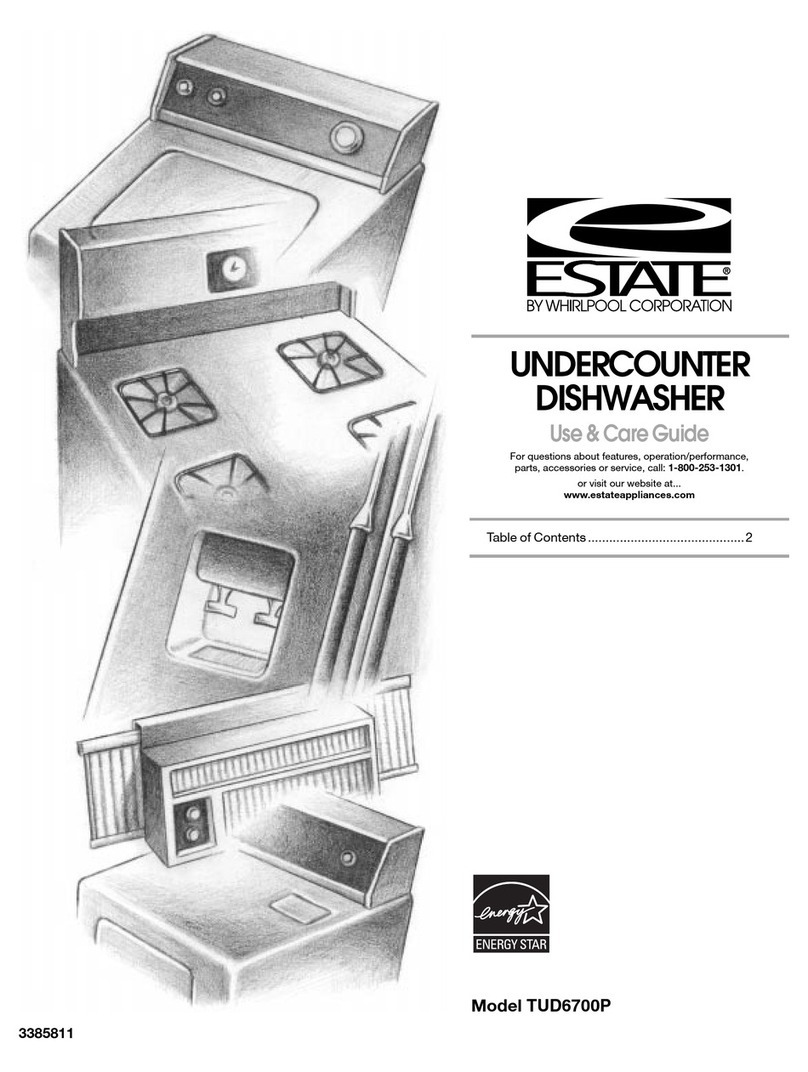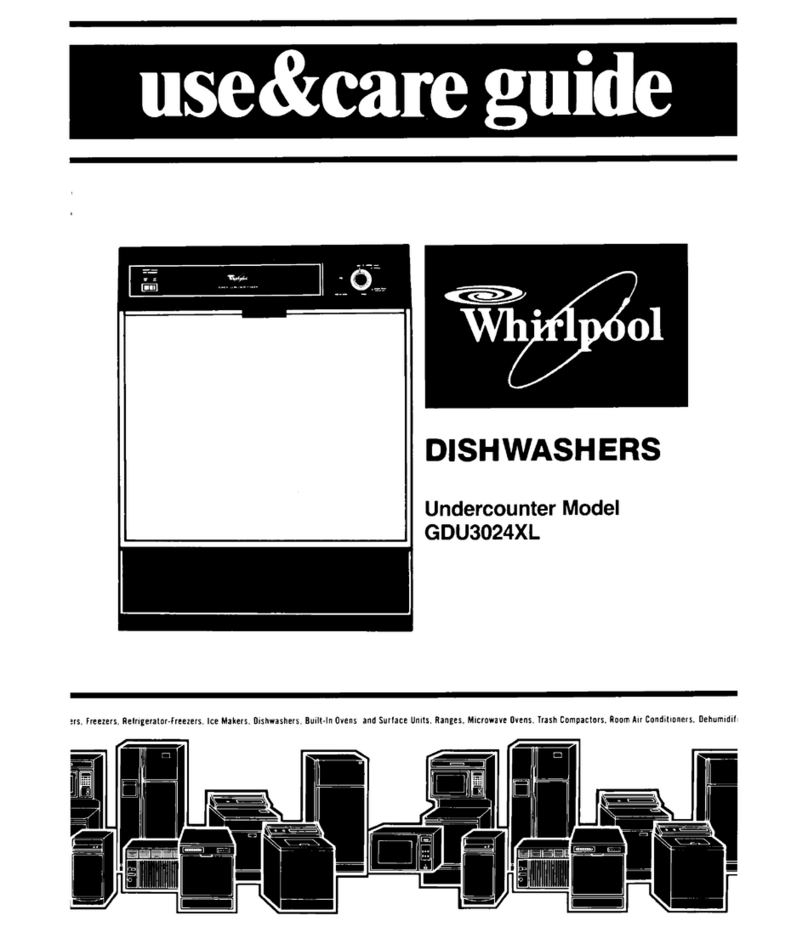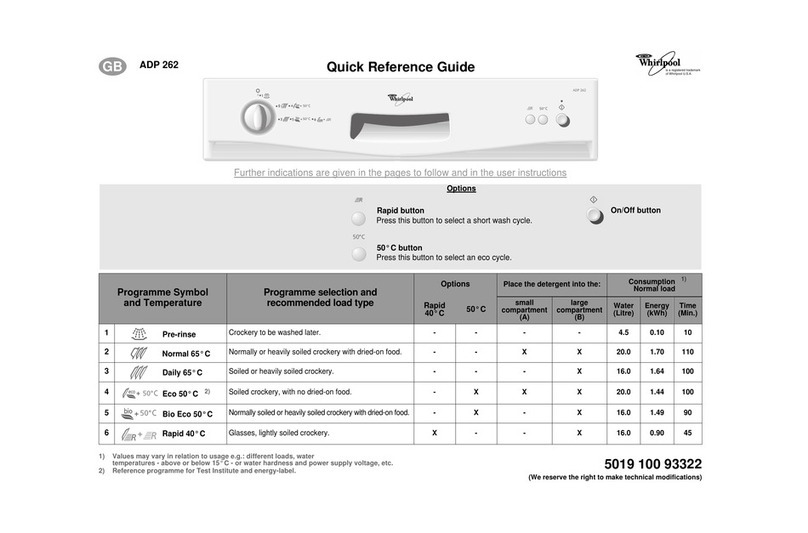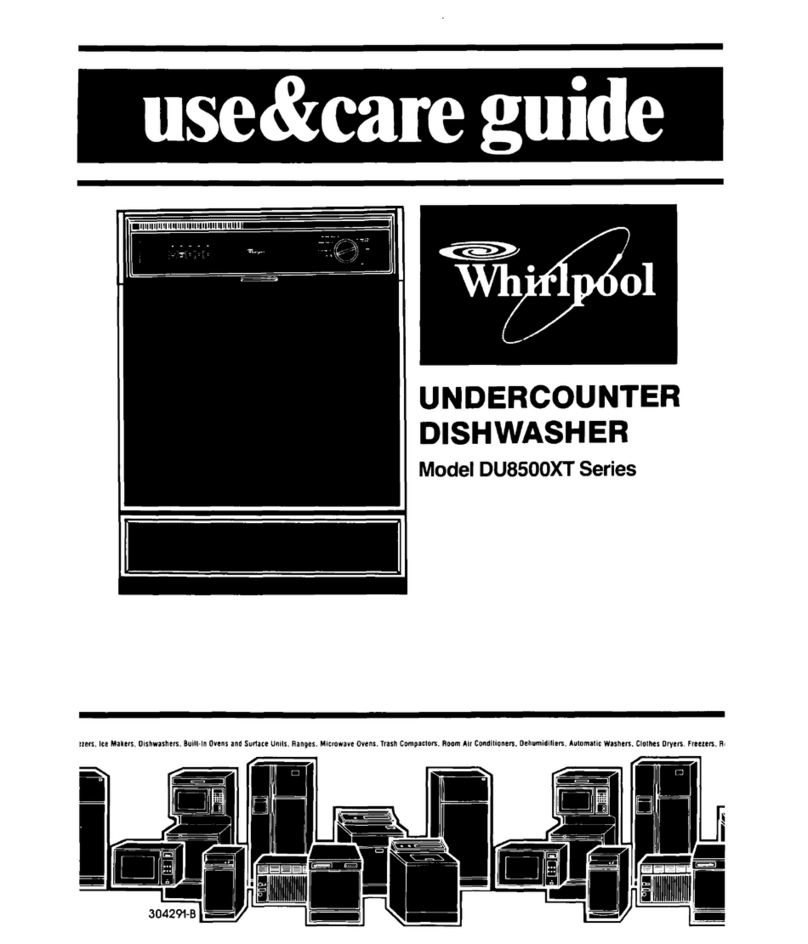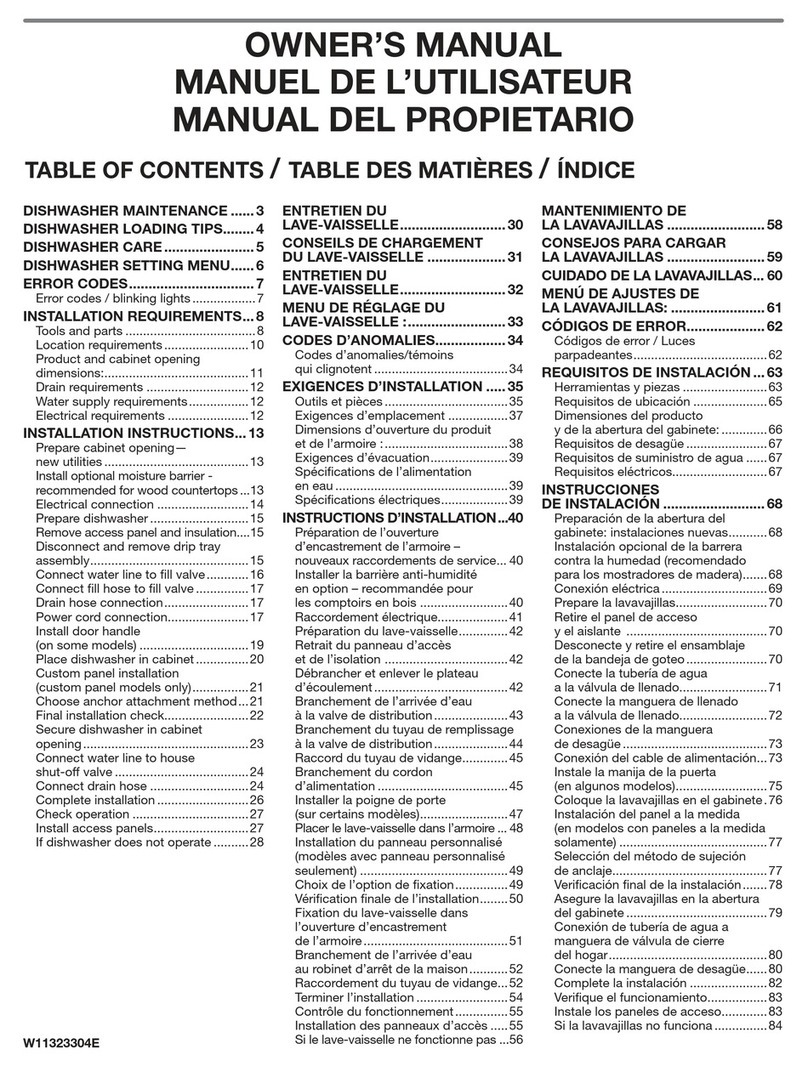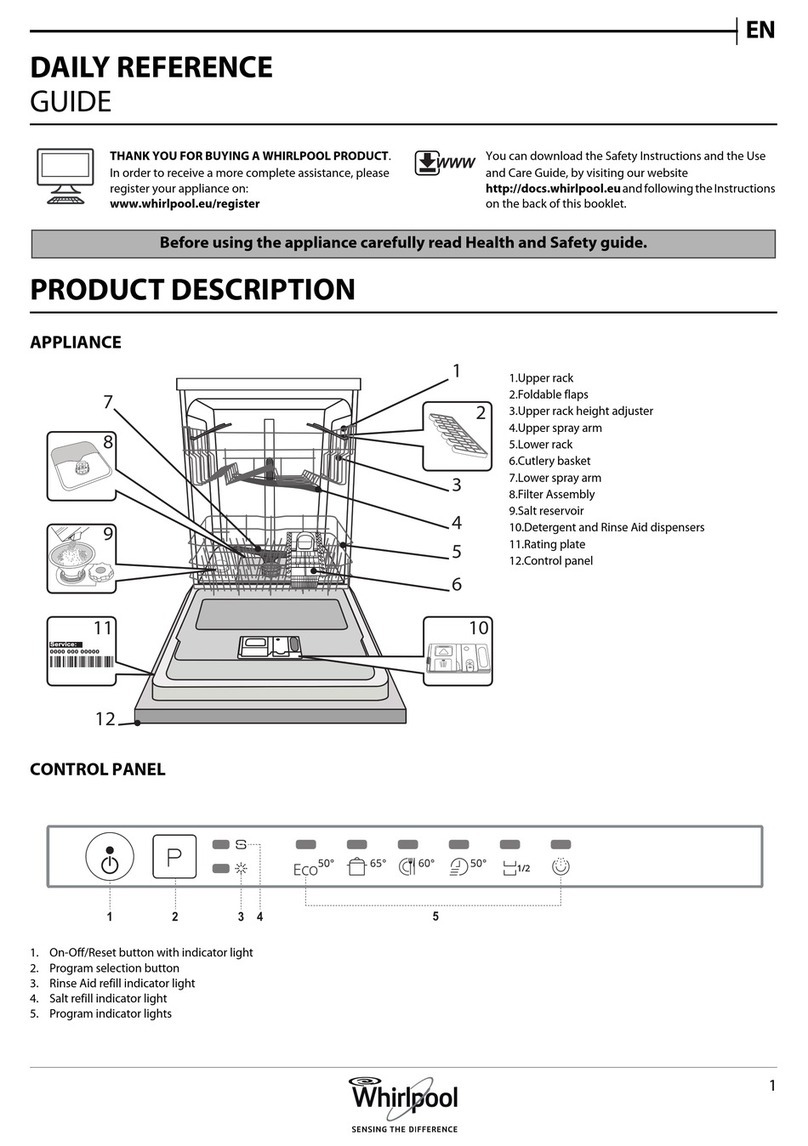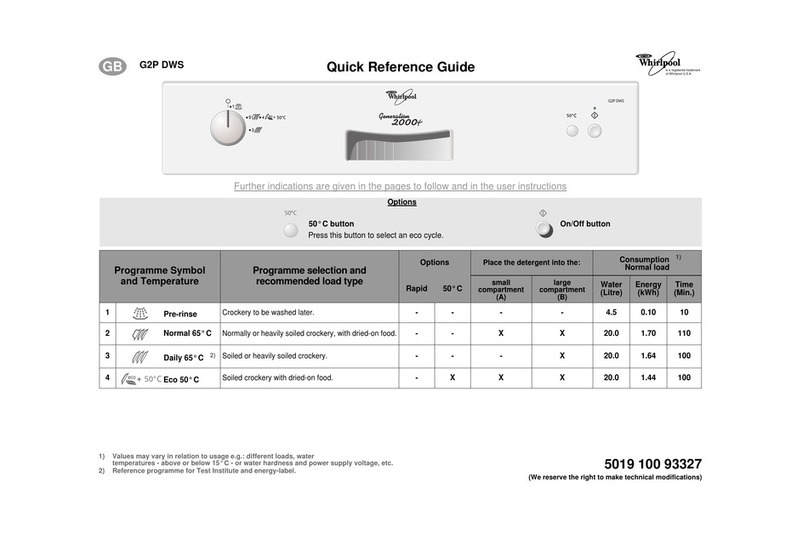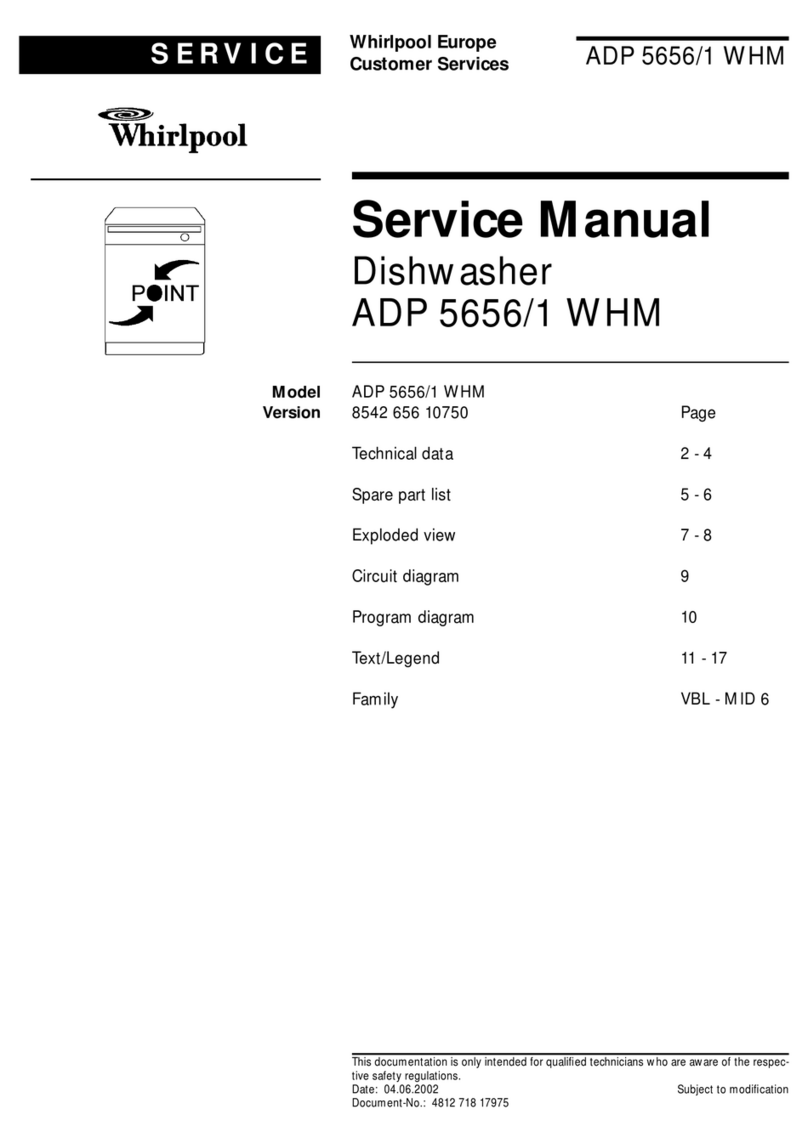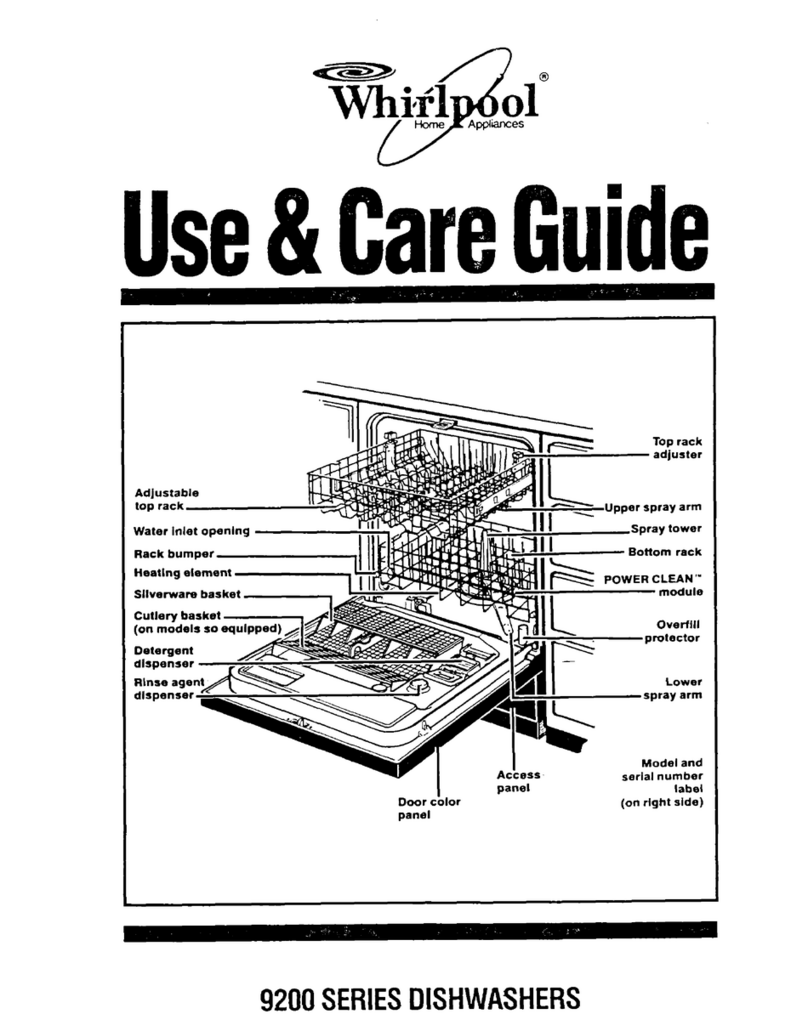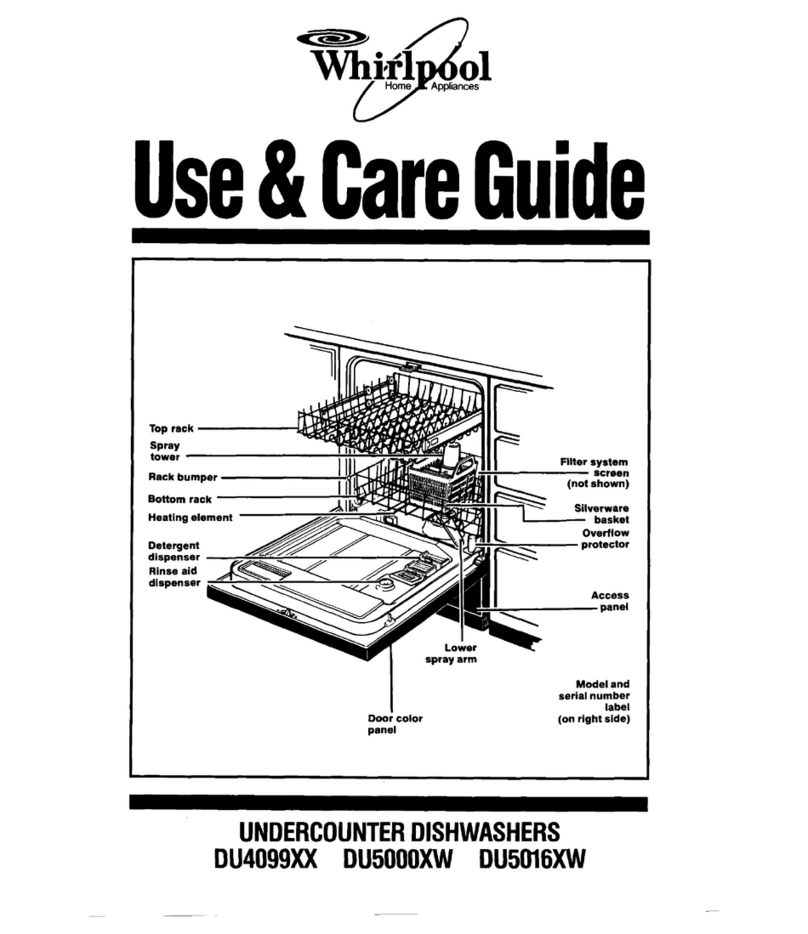POWER CLEAN* Washing System
Your dishwasher cleans by spraying a mixture of hot, clean water and detergent against
soiled surfaces of dishes, When a cycle is started, the dishwasher fills with water to about the
level of the heating element. This water is pumped through the rotating spray arms, through
the POWER CLEAN* Module which removes food particles, and back through the rotating
spray arms. Soiled water is pumped out and replaced with clean water during a cycle-the
number of times depends on the cycles being used.
The POWER CLEAN* Module removes food
particles from the water, stores them, then
washes them down the drain.
Load dishes so soiled surfaces face pow-
erful spray from rotating arms.
Step-saving preparation for washing
It is not necessary to rinse dishes before
putting them Into the dlshwasher. Just remove
large pieces, bones, and other hard items. The
POWER CLEAN’ Module will remove food parti-
cles from the water. It contains a chopping de-
vice which will reduce the size of food items.
If hard items such as fruit seeds, nuts and egg
shells enter the POWER CLEAN* Module, you
Hot water is a must
Hot water dissolves and activates the dish-
washing detergent. Hot water dissolves grease
on dishes and helps dry glasses spot-free. Make
certain loads are washed in hot water (at least
140°F - 6O”CJ. Two ways to have a reliable hot
water supply...
1. Maintain 140°F water supply at central water
heater. To check water temperature, turn on
hot water faucet nearest the dishwasher. Let
water run until it is as hot as possible, then
check with a candy or meat thermometer. If
Quiet opemting tips
To avoid thumping and clattering noises during
operation:
l
Make sure lightweight load items are secured
in the rack.
l
Make sure pot lids and handles, pizza pans,
cookie sheets, etc. do not touch interior walls
A
might hear chopping, grinding, crunching or
buzzing sounds. Those sounds are normal when
hard items enter the module. DO NOT LET
METALLIC ITEMS (I.E. POT HANDLE SCREWS)
GET INTO THE POWER CLEAN* MODULE. THIS
COULD RESULT IN DAMAGE TO THE POWER
CLEAN* MODULE.
the temperature is too low, have a qualified
person raise the water heater thermostat
setting.
2. Use HI-TEMP WASHING Option. Ifwater heating
is needed, a thermostat will delay the cycle
until temperature reaches 145°F (63°C). If
water is hot enough, the cycle will proceed
with no delay. This lets you turn down your
water heater, if you choose, without cutting
back on hot water needed for good dish-
washing.
or interfere with either of the spray arms
rotation.
l
Load dishes so they don’t touch one another.
NOTE: Keep sink draln plugs inserted during
dlshwasher operatlon to prevent noise trans-
fer through drains.
‘Tmk
